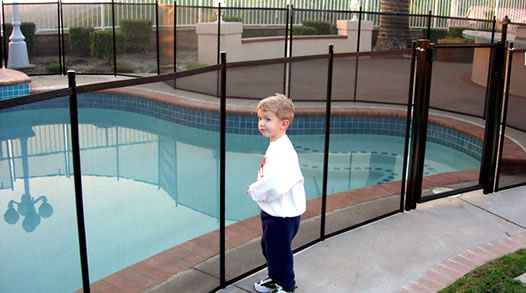As a parent, or even someone who has kept a little one overnight, they need a bath and you have to make sure they are clean. You have to make sure to watch them closely because a small child can drown in even a few inches of water and it only takes seconds. The upside of that reality is teaching them how to swim and good safety habits around and in the water, whether a large pool or even in a small bath tub.
Ideally a person should be trained by a certified instructor but you can start the process of learning to swim on your own. If you decide to teach your child to swim, you should be a strong swimmer yourself and have confidence that you can teach your little one. The first thing that you want to teach them is to blow bubbles in the water and to not be afraid of it. You want to make sure they know not to suck the water in but blow out.
There are older practices that you want to avoid such as sink or swim. It was once thought that if you throw a kid into the water, their nature would be to either sink or swim and this is not so.
This is not a good idea because this will only add to someone’s reluctance to get into the water. It only creates distrust and will most likely create a fear of water and will not create a great swimmer. It was once thought if you can “swim”, you would be drown proof but we now know that is an outdated and misleading term.
You want them to be comfortable in the water. Do not rush them. If you do it will take much more time to teach them. You want them to feel confident. Take small steps. If you have a little one or even an adult that is scared of getting in the water, even going down the steps can be a huge achievement.
Make sure to offer them your hand and be encouraging. Stay in the shallow area where you can touch and not the deep end. Use toys and floating devices to help them feel at ease.
If you use a beach ball, and throw back and forth this will help take their mind off of the water. Although, floating devices can be helpful in building skills, they can become a crutch so use them sparingly.
If you want to use a device, use something like a kickboard which can allow enough flotation to kick but will not restrict the arms like floaties can if they are attached to the arms.
Practice arm movements sitting on the side of the pool. Get the learner to hold onto the side of the pool and kick their legs will get them used to the guidance of swimming and will give them confidence when they actually start swimming on their own.
These are some simple and basic tips to teach someone to be more confident in the water. You always want to be safe, whether its in the bath tub or in a swimming pool. Put your mind at ease and teach your little ones to be confident in the water. Do remember to always keep an eye on them, even if they do have confidence and can swim.
Isabella is a Swimming Lessons Instructor and Blogger at WaterWaves.com

